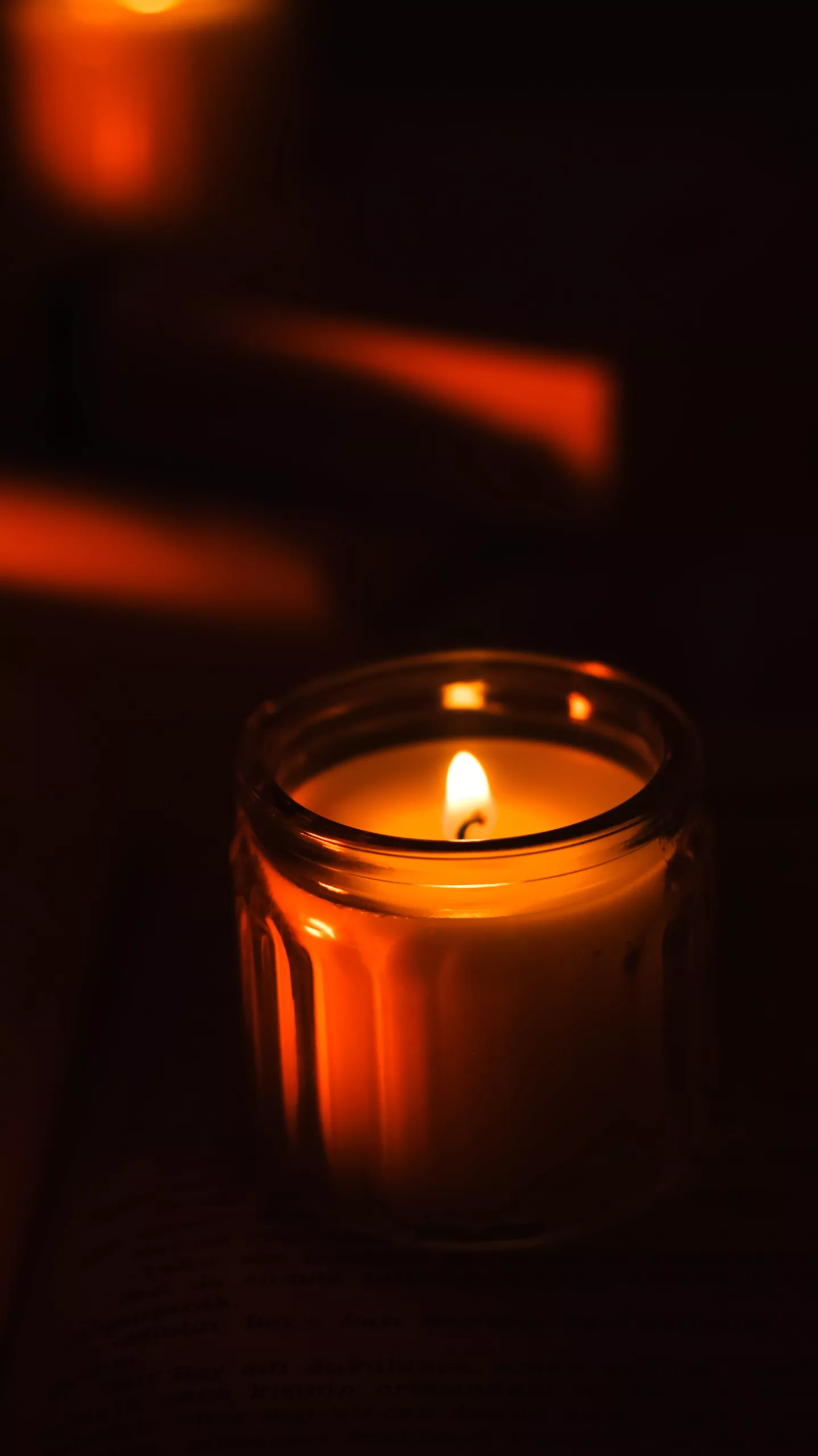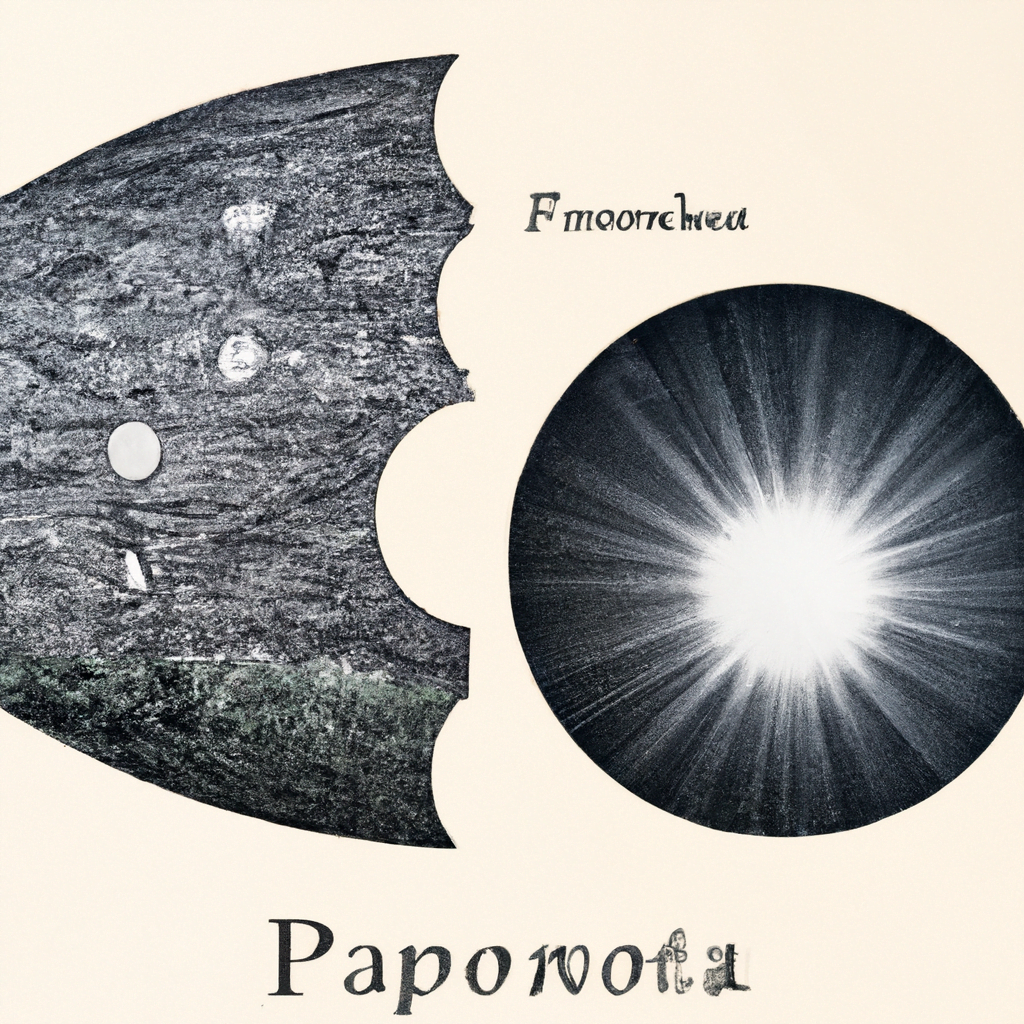Have you ever wondered why astronomers often use dark-adapted vision when observing the night sky? Dark-adapted vision is a fascinating phenomenon that plays a significant role in astronomy. By allowing our eyes to adjust to darkness, we are able to perceive faint celestial objects and details that would otherwise go unnoticed in the bright lights of everyday life. In this article, we will explore the importance of dark-adapted vision in astronomy and how it enhances our understanding of the universe. So sit back, relax, and prepare to discover the hidden wonders of the night sky!

Table of Contents
Understanding Dark-Adapted Vision in Astronomy
The Basics of Dark-Adapted Vision
Dark-adapted vision, also known as scotopic vision, refers to the ability of our eyes to see in low light conditions. It is a crucial skill for astronomers as they often work in the darkness of the night to observe celestial objects. Dark-adapted vision allows astronomers to perceive faint stars, galaxies, and other celestial phenomena that may be invisible to the naked eye under normal lighting conditions.
The human eye has two types of photoreceptor cells: rods and cones. Cones are responsible for color vision and function best in well-lit conditions. On the other hand, rods are more sensitive to light but do not perceive color. In low-light conditions, such as during astronomy observations, the rods become more dominant, and our eyes go through a process called dark adaptation to optimize our vision.
During dark adaptation, the sensitivity of rods increases, allowing us to detect even the slightest amounts of light. This adaptation is a gradual process that can take around 20-30 minutes for our eyes to fully adjust to the darkness. Once fully dark-adapted, astronomers can observe the night sky with enhanced clarity and detail.
The Importance of Dark-Adapted Vision in Astronomy
Dark-adapted vision plays a pivotal role in the field of astronomy. Let’s delve into its significance for astronomers:
Enhanced Sensitivity to Dim Light
Dark-adapted vision significantly enhances our sensitivity to dim light sources. Astronomers often study celestial objects with extremely low levels of light emission, such as distant stars and galaxies. By maintaining dark-adapted vision, astronomers can perceive and analyze these faint sources of light, leading to a deeper understanding of the cosmos.
Improved Observations of Faint Celestial Objects
Many celestial objects, such as nebulae, comets, and asteroids, emit light levels that may be imperceptible to the naked eye under normal lighting conditions. Dark-adapted vision allows astronomers to observe and study these faint objects, unraveling their intricate details, and contributing to our knowledge of the universe.
Ability to See Greater Color Contrasts
While rods do not perceive color, dark-adapted vision can still enhance our ability to perceive color contrasts. This is particularly beneficial for astronomers, as color contrasts can provide valuable information about the composition and nature of celestial objects. By maintaining dark-adapted vision, astronomers can better differentiate between subtle color variations, aiding in their observations.
Visualizing Astronomical Phenomena
Astronomy is replete with awe-inspiring astronomical events, such as meteor showers, eclipses, and planetary alignments. Dark-adapted vision allows astronomers to fully immerse themselves in these phenomena. By preserving their dark-adapted vision, astronomers can witness and appreciate these celestial events in all their splendor and understand the interactions that shape the cosmos.
Minimizing Night Vision Disturbances
Maintaining dark-adapted vision is crucial for minimizing disturbances to night vision. Exposure to bright lights, such as those from flashlights or smartphone screens, can disrupt the dark adaptation process and negatively impact an astronomer’s ability to see faint celestial objects. By prioritizing dark-adapted vision, astronomers can ensure uninterrupted observations and maximize their ability to explore the night sky.
Factors Influencing Dark-Adapted Vision
Time Required for Dark Adaptation
The duration required for dark adaptation varies among individuals. On average, it takes approximately 20-30 minutes for the eyes to fully adjust to the darkness. However, factors such as age, overall eye health, and ambient light conditions can influence the duration. It is crucial for astronomers to allow sufficient time for their eyes to adapt before engaging in their observations.
Impact of Light Pollution on Dark-Adapted Vision
Light pollution, caused by artificial lighting and excessive urban illumination, poses a significant challenge to dark-adapted vision. The presence of ambient light can hinder the eyes’ ability to fully adapt to darkness, reducing sensitivity to faint celestial objects. Astronomers often seek out remote and dark locations to minimize the effects of light pollution on their dark-adapted vision.
Age and Dark-Adapted Vision
As we age, the ability of our eyes to adapt to darkness diminishes. Older individuals may require a longer duration for dark adaptation and may experience reduced sensitivity to faint light sources. It is important for astronomers, regardless of age, to understand their individual dark-adaptation capabilities and make adjustments accordingly.
The Use of Red Light during Observations
Red light has minimal impact on dark-adapted vision compared to other colors of light. Many astronomers use red light sources or filters during observations to maintain their dark-adapted vision while still being able to read star charts, take notes, or operate equipment. Red light helps to minimize the disruption of dark adaptation as it does not stimulate the cones, responsible for color vision, to the same extent as other colors.
Techniques to Maintain Dark-Adapted Vision
Using Astronomical Filters
Astronomical filters, such as red or neutral-density filters, can be employed to preserve dark-adapted vision. These filters effectively block out unwanted light wavelengths and help maintain the sensitivity of the rods. By using appropriate filters for telescopes or binoculars, astronomers can optimize their observations while preventing the disturbance of their dark-adapted vision.
Utilizing Dim and Red Lights
When additional lighting is necessary during astronomy observations, it is essential to use dim and preferably red lights. Red lights have a minimal impact on dark-adapted vision and can help astronomers navigate their equipment, read charts, or record their observations without disrupting their vision. It is important to ensure that the intensity of the light is kept low, as bright light can disrupt dark adaptation.
Applying Personal Techniques
Astronomers often develop personal techniques to maintain their dark-adapted vision. These may include using eye patches or shielding one eye when not actively observing, wearing dark glasses before and between observations, or even closing their eyes for brief periods to reset their dark adaptation. Exploring and implementing different techniques can help astronomers find the methods that work best for their individual needs and maximize their dark-adapted vision.
Avoiding Exposure to Bright Lights
To maintain dark-adapted vision, it is crucial to avoid exposure to bright lights during observations. Bright lights, such as flashlights, cameras with a flash, or even car headlights, can disrupt the adaptation process and hinder an astronomer’s ability to observe faint celestial objects. Astronomers should take precautions to minimize exposure to bright lights and prioritize the preservation of their dark-adapted vision.
Dark-Adapted Vision vs. Light-Adapted Vision
Differences in Visual Perception
Dark-adapted vision and light-adapted vision differ in terms of visual sensitivity and perception. Dark-adapted vision is optimized for low light conditions and excels in detecting faint light sources. However, it sacrifices color perception and visual acuity compared to light-adapted vision. Light-adapted vision, on the other hand, provides better color discrimination and visual acuity but is less sensitive to faint light.
Advantages and Disadvantages
Dark-adapted vision offers numerous advantages for astronomers, as discussed earlier, enabling them to observe faint celestial objects and study the night sky in greater detail. However, it does come with certain disadvantages. For instance, dark-adapted vision can result in reduced spatial awareness and a restricted field of view. Additionally, sudden exposure to bright lights after dark adaptation can cause temporary blindness or greatly diminish one’s ability to see in low light until the eyes readjust.
Transitioning Between Dark and Light Adaptation
Astronomers often need to transition between dark and light adaptation during their observations. These transitions can be challenging and require caution. When moving from a dark environment to a well-lit area, such as when stepping indoors, it is important to give the eyes time to adjust gradually to the increased light. Conversely, when returning to a dark environment, astronomers should allow their eyes to readapt to the low light conditions before continuing their observations.

Applications of Dark-Adapted Vision in Astronomy
Studying Faint Stars and Galaxies
Dark-adapted vision enables astronomers to study and analyze the faintest stars and galaxies in the night sky. By maintaining dark-adapted vision, astronomers can perceive the intricate details, colors, and structures of these celestial objects, expanding our knowledge of the cosmos.
Observing Transient Celestial Events
Many celestial events, such as supernovae, comets, or meteor showers, are transient and can occur unpredictably. By having dark-adapted vision during night observations, astronomers can quickly spot and observe these events, capturing valuable data and contributing to our understanding of these phenomena.
Mapping the Night Sky
Dark-adapted vision aids astronomers in mapping the night sky. By observing and documenting the positions, brightness, and colors of stars, astronomers can create detailed sky maps that are indispensable for navigation and referencing celestial objects.
Monitoring Light Fluctuations
Dark-adapted vision enables astronomers to monitor and analyze fluctuations in light emitted by celestial objects. By maintaining an optimal dark-adapted state, astronomers can detect subtle changes in brightness, allowing them to study phenomena such as variable stars, pulsars, or even distant exoplanets.
Detecting Exoplanets
Exoplanets, or planets outside our solar system, can be challenging to observe due to their proximity to their parent stars and the minuscule amount of light they reflect. Dark-adapted vision allows astronomers to detect these faint signals and study exoplanets, contributing to our understanding of the diversity and prevalence of planets in the universe.
Challenges and Limitations of Dark-Adapted Vision
Restricted Field of View
Dark-adapted vision often results in a reduced field of view. Peripheral vision may be compromised, making it challenging to observe celestial objects outside the central visual field. Astronomers need to continuously adjust their gaze and be mindful of this limitation when conducting observations.
Increased Sensitivity to Eye Imperfections
Dark-adapted vision can amplify imperfections of the eye, such as floaters or refractive errors. These imperfections may appear more pronounced or distracting when the eyes are maximally adapted to darkness. Astronomers should be aware of these potential disturbances and adapt their observations accordingly.
Accommodation Difficulties
Accommodation, the ability of the eye to focus on objects at different distances, can be challenging during dark adaptation. The eyes may have difficulty rapidly shifting focus between near objects, such as star charts or equipment, and distant celestial objects. Astronomers need to allow their eyes time to adjust and avoid rapid shifts in focus to optimize their observations.
Extended Exposure Time
Due to the reduced sensitivity of dark-adapted vision, extended exposure times are often required to capture faint celestial objects adequately. This can be a challenge when observing time-sensitive events or when dealing with limited observation windows. Astronomers need to plan their observations accordingly, allowing for longer exposure times to capture the desired data.

Importance of Dark-Adapted Vision Preservation
Maintaining Visual Acuity
Preserving dark-adapted vision helps maintain optimal visual acuity during astronomy observations. By giving the rods time to adapt to darkness, astronomers can ensure that their eyes are operating at peak sensitivity, enabling them to perceive and analyze faint celestial objects more effectively.
Better Study of Celestial Objects
Dark-adapted vision allows astronomers to better study celestial objects with precision and detail. By maximizing sensitivity to dim light sources, astronomers can uncover subtle features, colors, and phenomena that may otherwise go unnoticed. The preservation of dark-adapted vision is essential for astronomers to acquire accurate and comprehensive data during their observations.
Ensuring Safety during Night Observations
Maintaining dark-adapted vision is also important for ensuring the safety of astronomers during night observations. By avoiding sudden exposure to bright lights or distractions, astronomers can prevent temporary blindness or disorientation that can compromise their safety and well-being. Dark-adapted vision preservation contributes to a safer and more productive experience when exploring the night sky.
Developing Dark-Adapted Vision Skills
Practice and Patience
Developing dark-adapted vision skills requires practice and patience. Astronomers should allocate sufficient time for their eyes to adjust to the darkness before initiating their observations. With regular practice, the eyes become more efficient at adapting to low light conditions, allowing for quicker dark adaptation over time.
Building Night Vision Habits
Building night vision habits can help astronomers maintain dark-adapted vision. This includes avoiding exposure to bright lights, minimizing the use of white light sources, and adopting practices that preserve the sensitivity of the rods. By consciously incorporating these habits into their observations, astronomers can further enhance their dark-adapted vision skills.
Following Professional Recommendations
Astronomers should heed professional recommendations to optimize their dark-adapted vision. Many experienced astronomers advise utilizing red lights, using appropriate astronomical filters, and avoiding unnecessary exposure to bright lights. By following these recommendations, astronomers can develop effective strategies for maintaining dark-adapted vision.
Continuous Skill Development
Dark-adapted vision skills can be continuously developed and honed. Astronomers can strive to improve their sensitivity to low light, expand their knowledge of celestial objects, and learn techniques that optimize dark-adapted vision. By embracing a mindset of continuous skill development, astronomers can enhance their overall experience and effectiveness in astronomy observations.

Conclusion
Dark-adapted vision plays a vital role in the field of astronomy, enabling astronomers to explore and understand the depths of the universe. By highlighting the significance of dark-adapted vision, discussing its applications, and addressing the challenges and techniques involved, astronomers can further develop their skills and enhance their ability to unravel the mysteries of the cosmos. With a commitment to preserving and continually improving dark-adapted vision, astronomers are poised to make new discoveries and contribute to our ever-growing knowledge of the universe.
